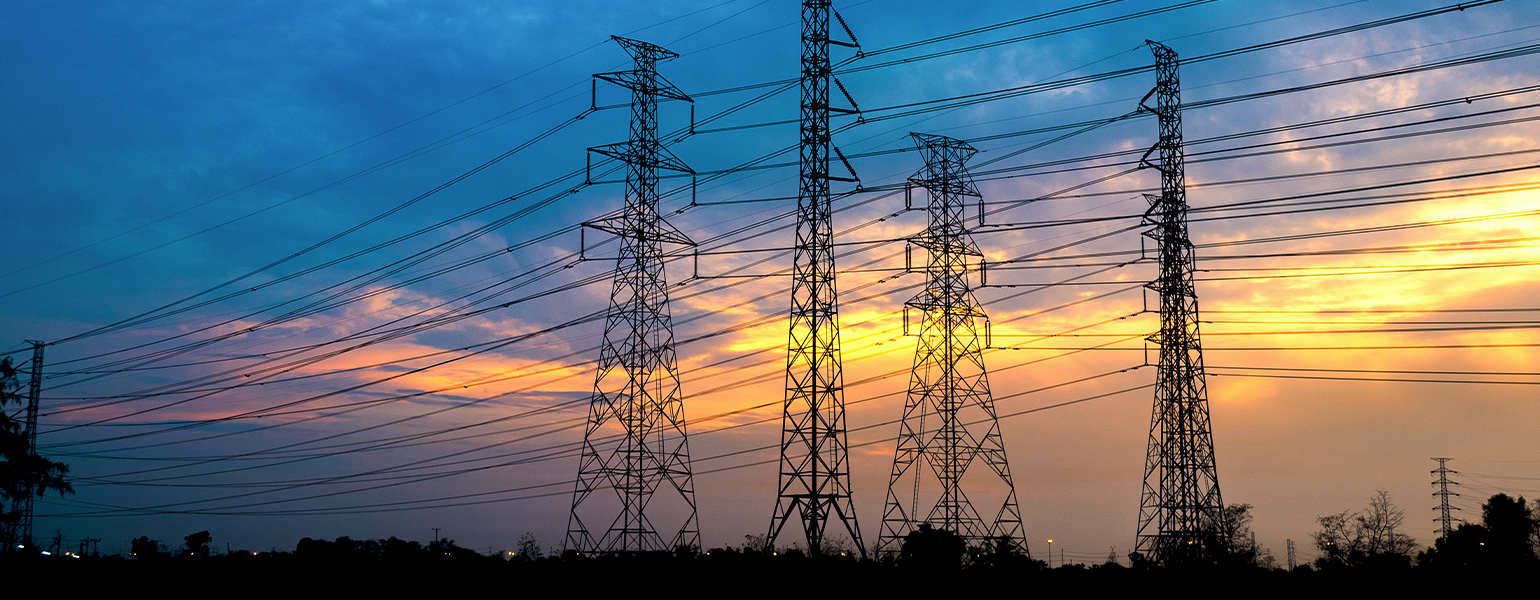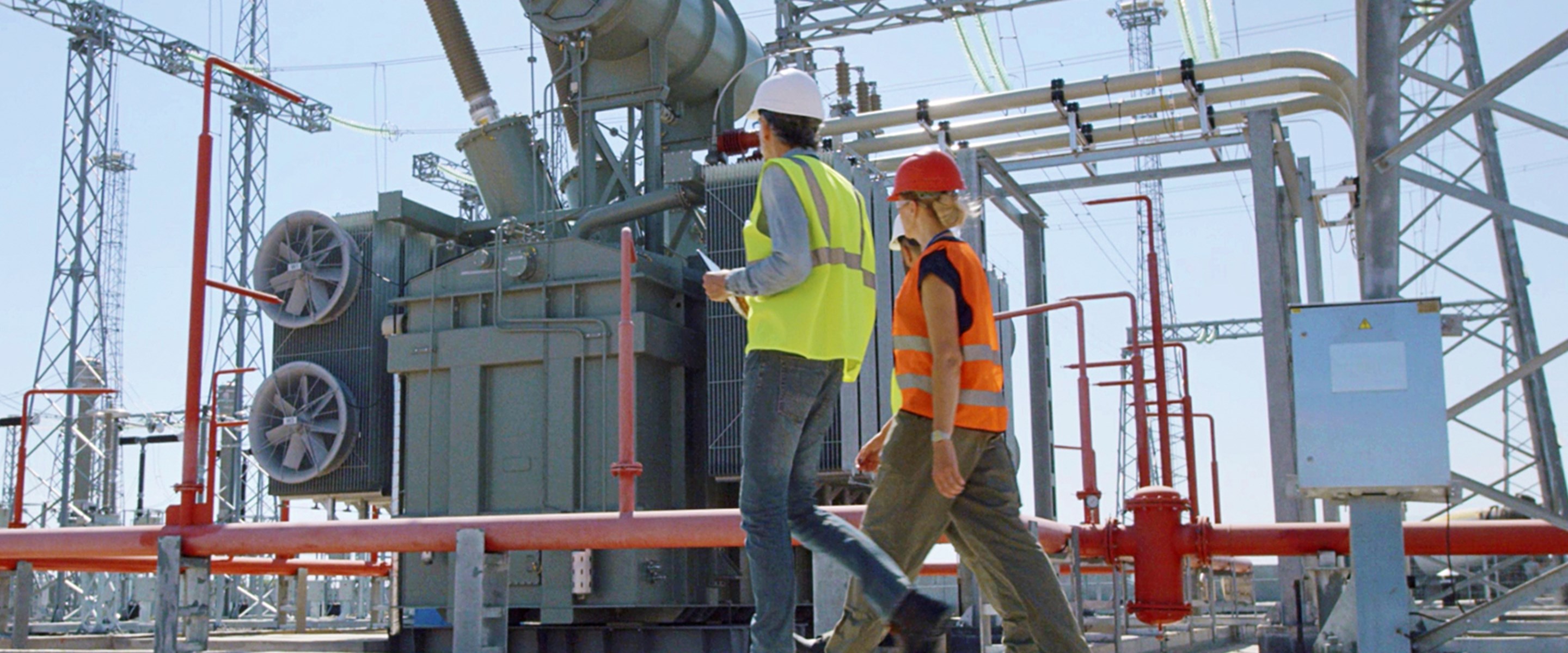President Biden’s infrastructure plan is not your traditional proposal when it comes to infrastructure spending. While it includes hundreds of billions of dollars to improve the nation’s infrastructure—from roads to bridges, broadband to water systems, and everything in between—the plan is more encompassing and designed to make the U.S. economy more productive and competitive.
The largest funding is proposed for four main areas: improving transportation; innovating domestic manufacturing; improving buildings at work, at home, as well as schools; and revitalizing the workforce. The initial plan also called for corporations and wealthier Americans to pay higher taxes. Rates for higher-income individuals would revert back to levels they were paying prior to the Tax Cuts and Jobs Act of 2017. Corporate tax rates would equal 50% of the reduction enacted in 2017.
The plan’s ultimate goal is to create millions of jobs while rebuilding America’s infrastructure to place the nation in a position to outcompete China. Even though the United States is the wealthiest country in the world, its infrastructure ranks 13th, whereas China ranks second globally. Since 2018, China has spent more on research and development (R&D) than the U.S., the previous global leader in R&D. The plan would pump billions into the development of new technology, upgrade laboratories, and enhance clean energy manufacturing.

Of course, there is a long road ahead before a final version is possibly passed by lawmakers and is signed into law. Already, the Biden administration has sharply reduced its initial $2.3 trillion AJP proposal to try to win Republican support. However, in addition to the size of the plan, structural differences on how to fund the plan remain, reducing prospects for bipartisan passage.
Biden initially targeted final legislation be passed by the House of Representations as early as July 4th. But now with a bipartisan Senate proposal of roughly $1 trillion on the table—when and how the legislation will be approved by lawmakers—remains less clear. What is certain is Americans can expect a long summer of political debate.
If the legislation becomes law, it would be the biggest domestic investment in America since the 1950s construction of the Interstate Highway System and the Space Race of the 1960s.
“With the American Jobs Plan, we are seeing the emergence of coordinated government policy to change significant imbalances and problems facing the global economy,” said Nick Heymann, a research analyst and co-group head of William Blair’s global industrial infrastructure team. “It also incorporates the increasing importance of ESG (environmental, social and governance) factors within the global investment community, where intermediate- and long-term goals and collective best interests are prioritized over short-term gains.”

Among the largest investments outlined in the plan are those to rebuild roads and bridges, to improve drinking water and eliminate lead pipes, and for high-speed broadband.
However, it’s the support of green technologies as an overall economic driver while cutting CO2 emissions that could mean the next source of long-term growth for industrials, Heymann says.
One Example: The Electrical Grid
Take the U.S. aging power grid as an example. The 60-year-old grid, stressed by severe weather as well as the expansion of solar and wind energy generation, has been in need of an upgrade for years.
In a new renewable world, the grid would need to transmit power over longer distances—upwards to 1,000 to 1,200 miles, almost three times the current system—which means upgrading our current power grids from alternating current (AC) to ultra-high voltage direct current (DC).
Biden is counting on American ingenuity to make it happen.
William Blair equity analyst Brian Drab, who covers industrial technology stocks, notes in a recent research paper that several companies he covers are positioned to see increased demand from AJP. With regard to the grid, Valmont, largely recognized for its crop irrigation systems, is also a major supplier of electricity transmission products. That includes the huge utility poles, some as tall as a 25-story building, which line the countryside and elevate high voltage transmission lines.
“If you need poles and you need transmission lines, Valmont would be involved,” Drab says, noting the company makes about 40% of the large transmission poles in North America. “Valmont is producing them at record levels now and half of their shipments are related to renewable energy sources to the grid.”
Transition to Renewable Energy
Transitioning to renewable energy will also include electric vehicles (EVs), natural gas for power generation, and sustainable aviation fuel (SAF) for commercial aircraft.
In May, Ford joined the growing list of U.S. automakers to introduce its first EV, unveiling its all-electric Ford F-150 Lightning, which will go into production next spring at the historic Rouge plant in Dearborn, Michigan.

Those transitional growth opportunities could extend for an intermediate period but likely eventually be replaced by green hydrogen once it becomes the economically viable energy source that eliminates carbon emissions. The transition to green hydrogen could come a lot faster than expected, Heymann says, given the latest water-splitting technology from privately held H2Pro.
AJP also targets preserving and retrofitting more than 2 million homes and commercial buildings, modernizing public schools and childcare facilities, and upgrading veterans’ hospitals and federal buildings, incorporating energy efficiencies and green technology.
Specialty distribution and building products companies are among the many U.S. businesses that have the know-how to manufacture and supply the commercial and residential markets to meet the needs proposed in AJP.

Heating ventilation and air-conditioning systems, lighting, roofing, and water heaters are all going to be in big demand, with companies like Lennox, Watsco, Acuity Brands, Beacon Roofing, Resideo, and A.O. Smith among those best positioned to meet the need, says Ryan Merkel, a William Blair analyst covering the industrial building products and specialty distribution sector.
“These companies offer sustainable products, including energy-efficient air conditioners, LED lights, and smart thermostats, which will help President Biden achieve his dual mission of reducing carbon emissions and addressing the shortage of affordable housing,” Merkel says.
Strong Performance
The industrial sector—which had been severely impacted in 2020 by the pandemic—led the U.S. economy’s resurgence in the first three months of this year amid backlogged demand for products and services. Industrial stocks rose 11% in Q1, exceeding the nearly 6% rise in the S&P 500.
While exuberance over the possibility of a $2 trillion-plus infrastructure bill helped fuel the rise in equities, Heymann says, concerns about rising price and wage inflation, surging commodity prices, constrained freight logistics, and a possible U.S. corporate tax could weigh on industrials in the near term.
“But a transition to a renewable energy economy, including the expansion of wind and solar power and the development of clean hydrogen technology, are the forces that will probably end up driving the market long term,” he adds.
To receive our analysts' research reports, contact your William Blair representative. Visit williamblair.com/ResearchCoverage for disclosure information.



